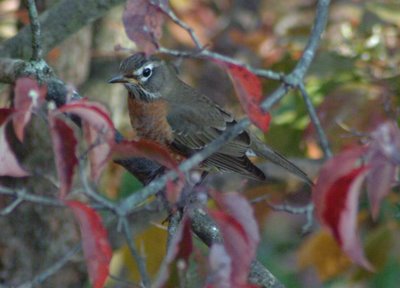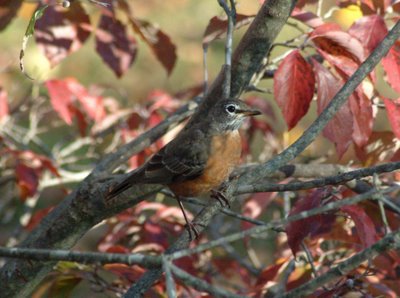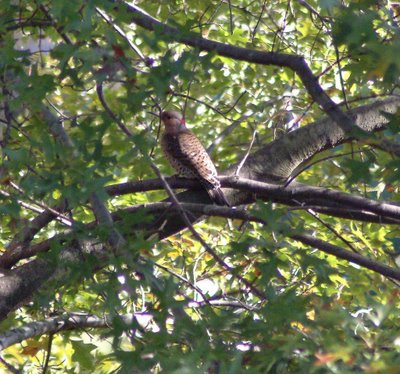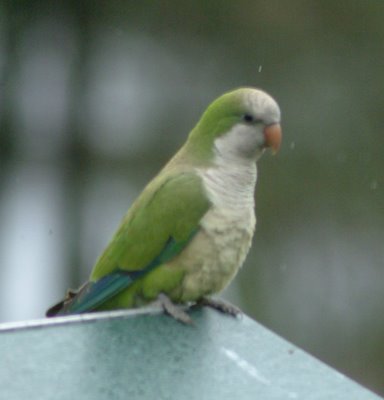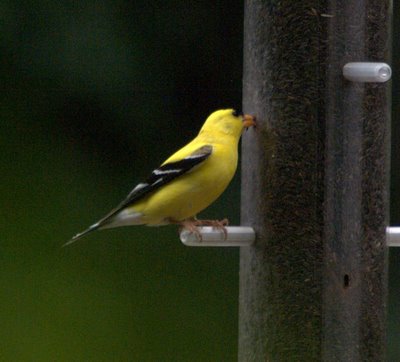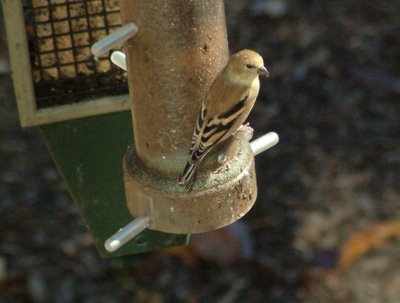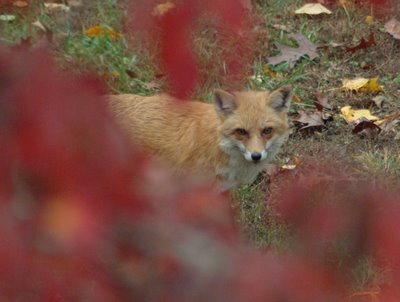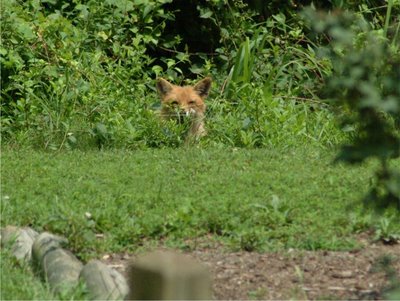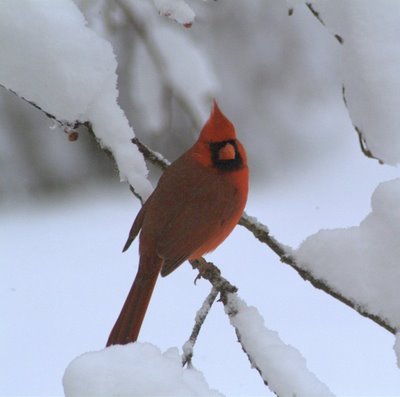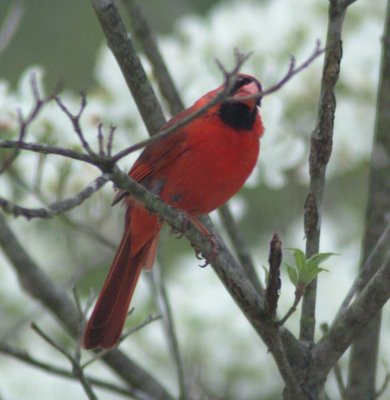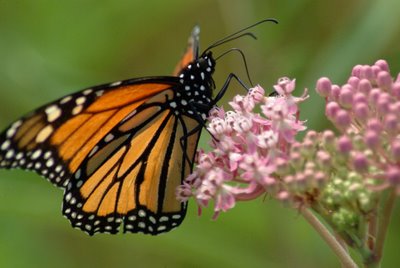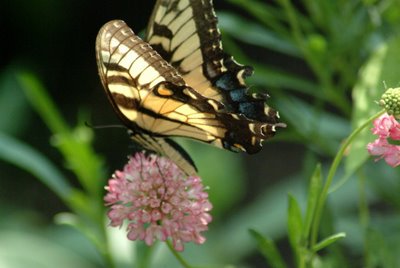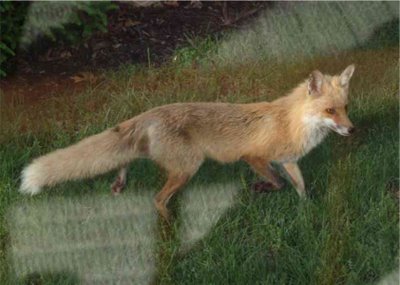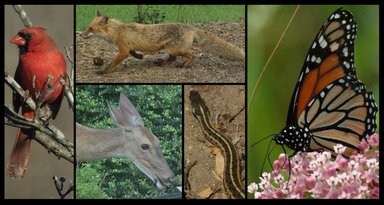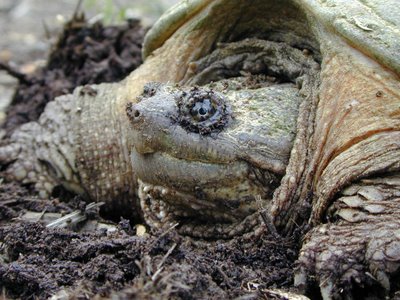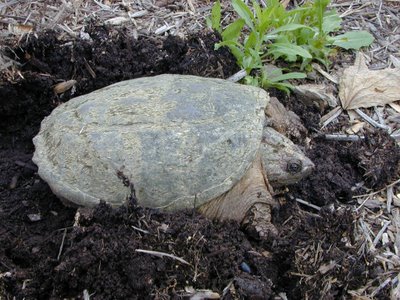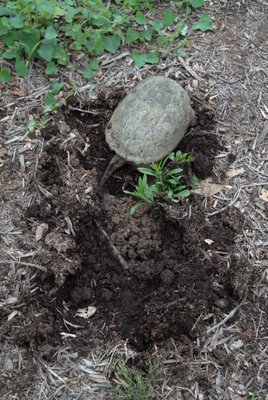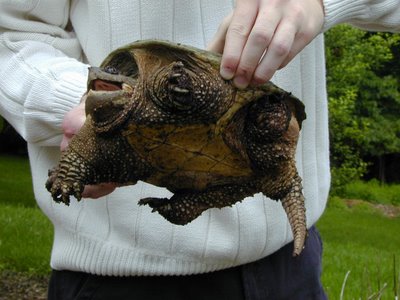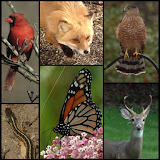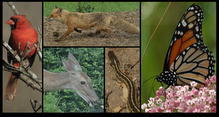The Patient Fox
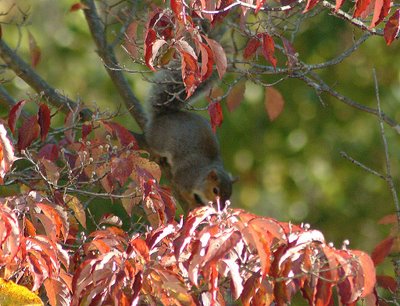 Here is the situation, the fox made a dash out of the bush, up the hill, across the lawn, only to have the squirrel climb the dogwood tree before being caught. In the first photo, you can see the squirrel about 10 feet off the ground, looking down and keeping a careful eye on the fox. The fox on the other hand is patient and simply sits down at the base of the tree. In the third photo, both the squirrel (look for his tail in the upper left hand corner of the photo) and the fox are engaged in a stand off. In the fourth photo, you can see that the fox is laying down realizing that breakfast might take some time.
Here is the situation, the fox made a dash out of the bush, up the hill, across the lawn, only to have the squirrel climb the dogwood tree before being caught. In the first photo, you can see the squirrel about 10 feet off the ground, looking down and keeping a careful eye on the fox. The fox on the other hand is patient and simply sits down at the base of the tree. In the third photo, both the squirrel (look for his tail in the upper left hand corner of the photo) and the fox are engaged in a stand off. In the fourth photo, you can see that the fox is laying down realizing that breakfast might take some time.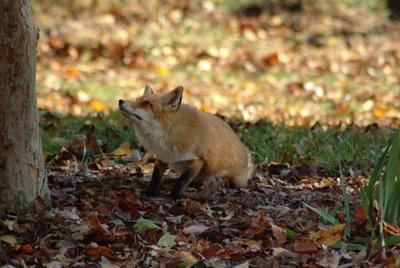
The standoff continued for about 15 minutes – the squirrel looking down from the tree to the fox continuing to stare back. I assumed that the fox would give up first, after all he is far more exposed than the squirrel. But, I was wrong. The squirrel began to ease down the tree bit by bit. Finally, the squirrel made his dash with the fox in close pursuit. 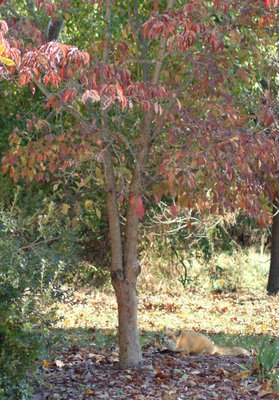
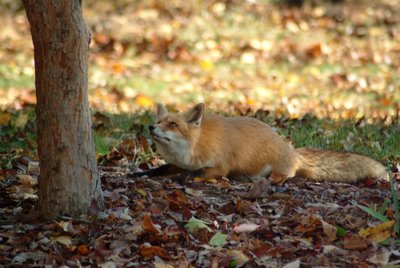 So, who has breakfast? Does the squirrel have more acorns, or does the fox have the squirrel? We’ll find out in our next posting from the Colvin Run Habitat.
So, who has breakfast? Does the squirrel have more acorns, or does the fox have the squirrel? We’ll find out in our next posting from the Colvin Run Habitat. 




